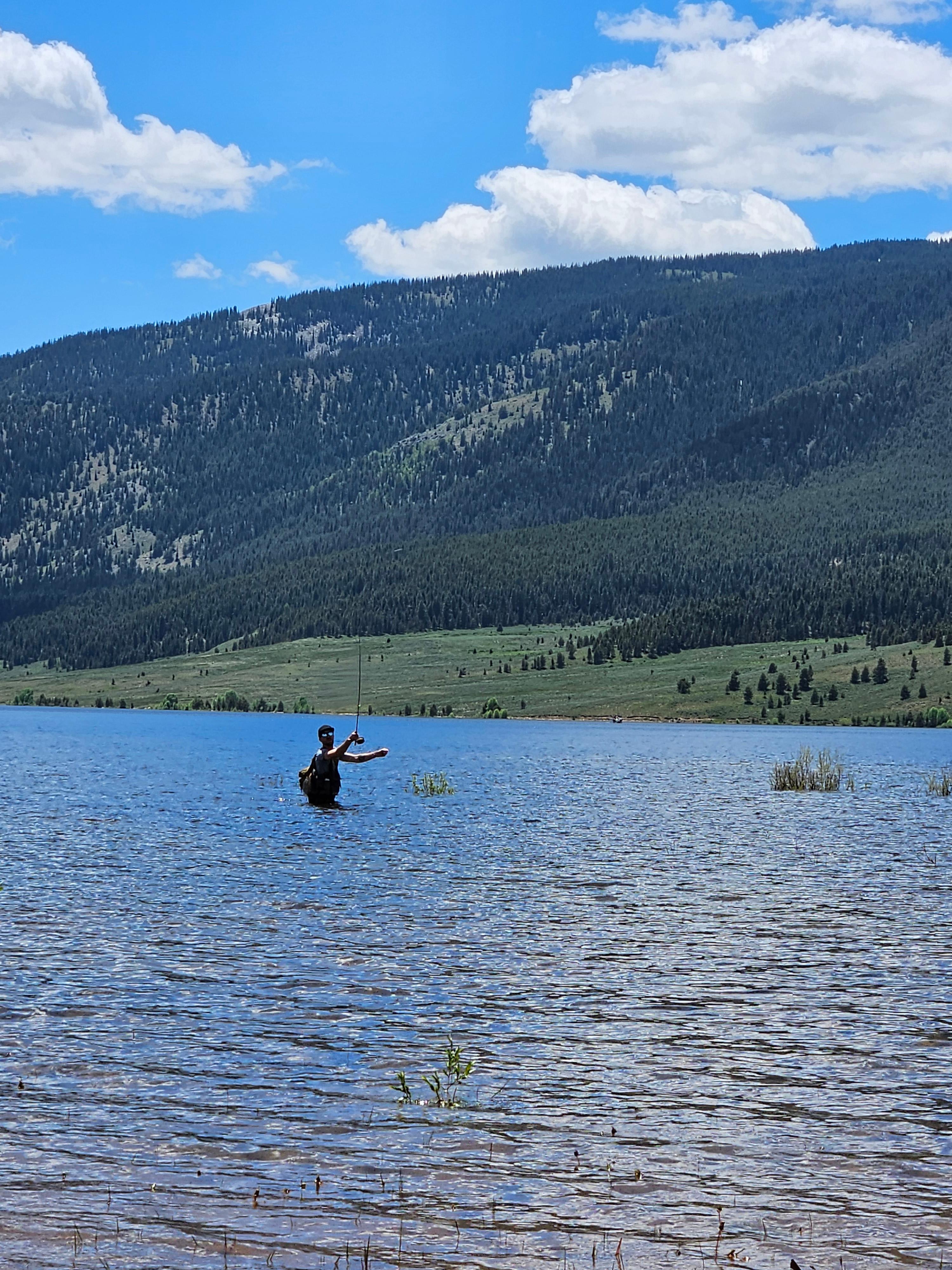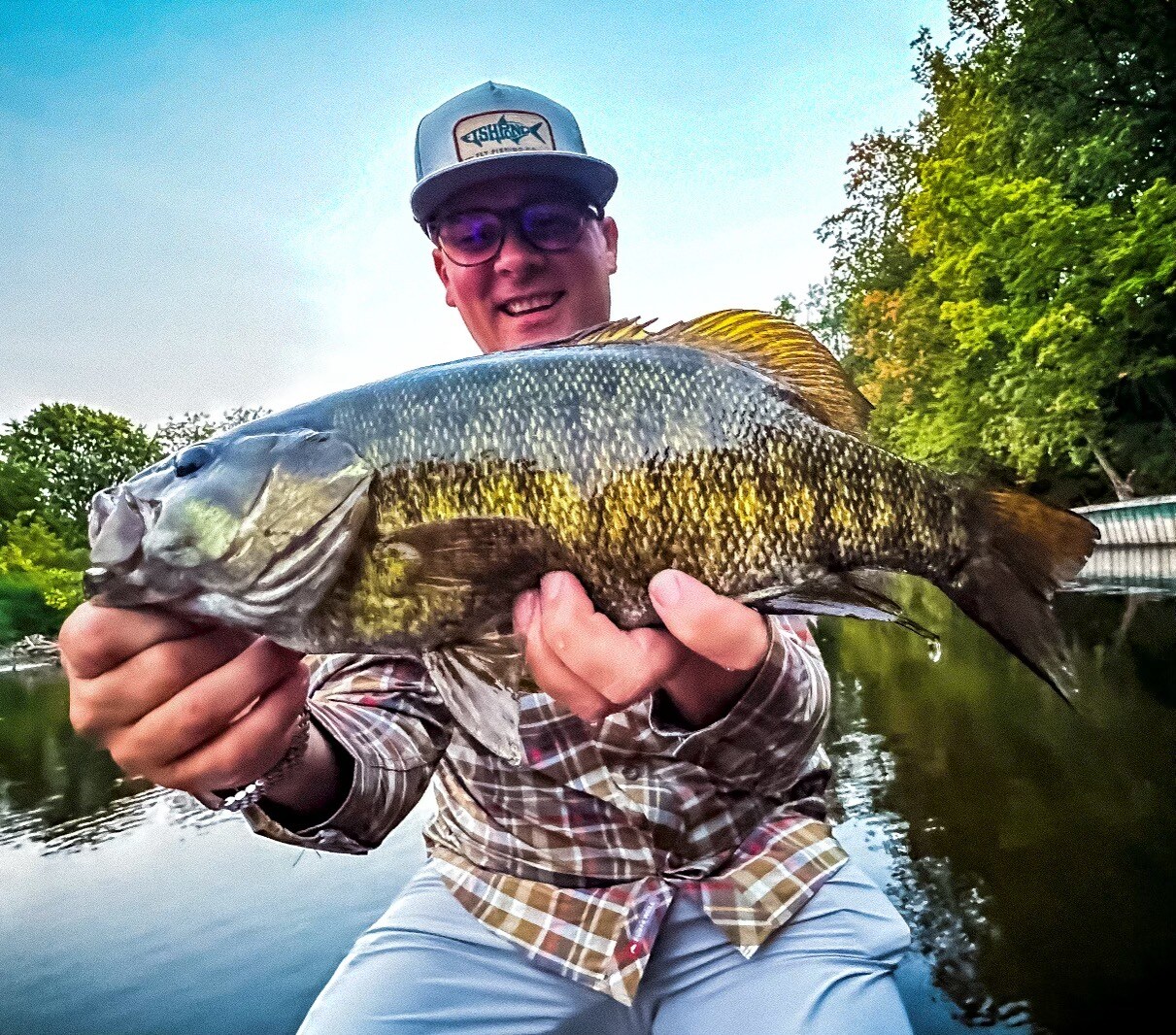Let’s face it: native brook trout are the divas of the trout world. They’re picky, they’re elusive, and they demand a certain finesse to catch. But if you can outsmart one of these colorful little beauties, you’re in for a brag-worthy day on the water. Whether you’re wading through a cold mountain stream or casting into a hidden lake, here’s how you can become a pro at catching brookies without losing your sanity (or your patience).
.png?width=1920&height=1080&name=Untitled%20design%20(11).png)
1. Find the Right Waters: Go Where the Brookies Hide
Brook trout aren’t hanging out in just any ol’ stream—they have standards, you know. These fish love cold, clean, and well-oxygenated waters, which means you’ll typically find them in higher-elevation streams or spring-fed rivers. They also prefer environments with a bit of shade, so if you’re fishing in a sun-soaked pond, your chances might be as slim as catching a trout in your bathtub. Look for streams with natural cover, like overhanging branches and boulders, where brookies can hide from predators (and clueless anglers).
2. Stealth Mode Activated: Don’t Spook the Fish
If you think sneaking up on brook trout is easy, think again. These guys are like the ninjas of the trout world—one wrong step, and they’ll vanish before you even get a chance to cast. So, here’s the deal: walk softly, stay low, and avoid casting a shadow over the water. This isn’t the time to channel your inner clumsy fisherman; pretend you're a stealthy predator instead. If you spook them, they won’t come back for dinner—and you’ll be the one left hungry.
3. Match the Hatch: Get Your Bug Game On Point
When it comes to fly selection, brook trout aren’t super complicated, but they do appreciate a well-presented meal. You’ll want to “match the hatch,” which basically means using a fly that looks like whatever bug is floating around at the time. Native brookies often feed on mayflies, caddisflies, and terrestrial insects like ants and beetles. So, don’t get fancy—stick to flies that mimic what’s naturally drifting downstream. Oh, and bonus tip: nymphs and dry flies work wonders, especially in the summer when bugs are practically throwing themselves at the fish.
4. Go Light: Less is More When it Comes to Gear
If you think you need the fanciest rod and reel combo to catch a brookie, guess again. Brook trout are often found in small streams, so leave your heavy-duty gear at home and opt for a light rod, like a 3- or 4-weight fly rod. These fish aren’t huge, so your gear should reflect that. Use small flies—typically sizes 14 to 18—and lighter tippet to avoid spooking the fish. The lighter your gear, the better your chances of landing one of these tricky swimmers.
5. Seek Out Remote Waters: Brook Trout Love Seclusion
Let’s be real—brook trout hate crowds. They’re not into the whole tourist vibe, so if you want to catch them, you’re going to need to go off the beaten path. The more remote the stream or lake, the better your odds of finding a thriving brook trout population. High-altitude, wilderness streams are where these fish feel most at home, so pack your gear, lace up your hiking boots, and get ready for an adventure. The extra effort often pays off with untouched waters and brookies that have never even seen a fly.
Conclusion: The Challenge is the Reward
Native brook trout are the ultimate challenge for any fly angler, but with the right approach—and a little bit of patience—they’re absolutely catchable. Stealth, simplicity, and a deep appreciation for remote waters are key to your success. Sure, they might be small, but catching one is like landing a mini trophy, and trust me, nothing beats that rush when you finally net one. So gear up, get out there, and may your casts be smooth and your strikes plenty!
.png?width=300&height=100&name=Copy%20of%20Rise%20Beyond%20Logo%2012.31.24%20(300%20x%20100%20px).png)



